Charging Through Norway: Our First Electric Vehicle Road Trip Adventure
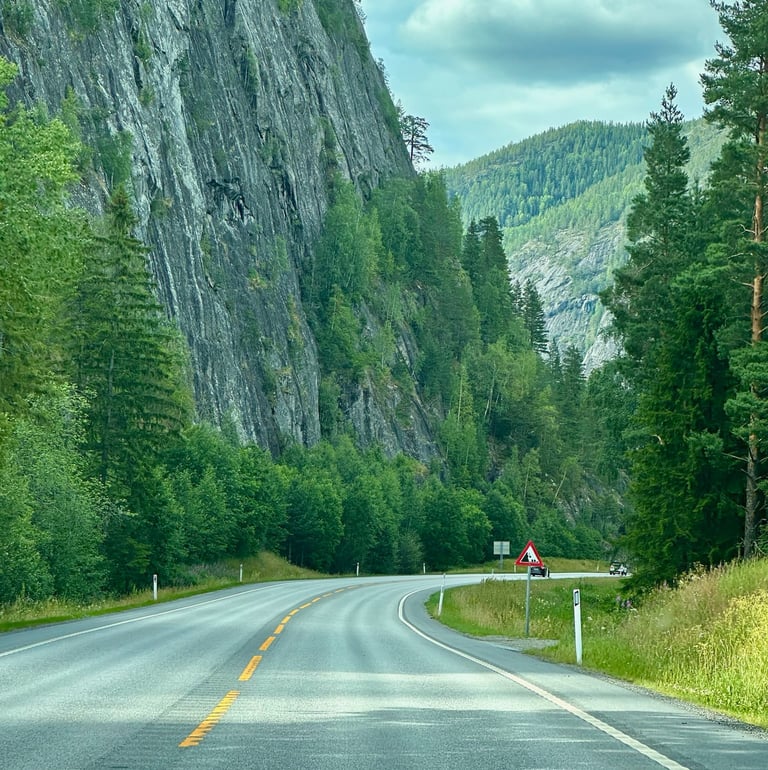

We arrived in Norway with a singular purpose: to truly experience the country’s magnificent & wild beauty—emission-free. Our anticipation was shaped by everything we’d read and the travel vlogs we’d watched in preparation, which indicated that Norway isn’t just leading the world in shifting to electric vehicles but redefining how sustainable road travel feels. As of Jan 2025, nine of 10 new vehicles sold in Norway are electric, an adoption rate unmatched anywhere else in the world. But these stats became lived reality during our Norwegian cross-country adventure.
The moment Hertz handed us the keys to a Volvo EX40 Ultra in Silver Dawn, any lingering nerves gave way to excitement. Most big rental establishments operate out of Norway but some of the ones to consider include Sixt, Enterprise & Europcar apart from Hertz. The pickup was seamless, and Hertz delivered on their promise; no unwanted surprises, the model and trim we booked, spotlessly clean and charged just over 80% (a common practice with EV vehicle rentals with the expectation that the vehicle be returned with the same percentage or more, lest you are comfortable with a few added charges).


A quick word of advice: If you’re planning a European road trip, Car Hire Excess Insurance is essential. Have this sorted in advance for peace of mind, and don’t be upsold at the counter if you’re already covered. The “extras” add up fast as is the case pretty much all around the world.
Norway might have the highest per capita density of public charging points in the world—24,000 and growing, with roughly 400 chargers per 100,000 people but EV travel still rewards the prepared. Our research paid off:
Downloaded Major Charging Apps: Circle K Charge, MER Connect, Ionity, Tesla, Bilkraft, Elton.
Pre-register on Charging Apps at home: Crucial! Almost all of these Charing Apps require OTPs to be activated and ready for use, which sometimes don’t arrive for international numbers after arrival. It’s best to get them ready to go prior to arrival in Norway.
Set Up Payment Ahead: We added Credit & Debit Cards apart from connecting Apple Wallets within said apps and made sure to choose payment methods with near-perfect foreign exchange rates for the Norwegian krone (NOK). It saved both time and money.

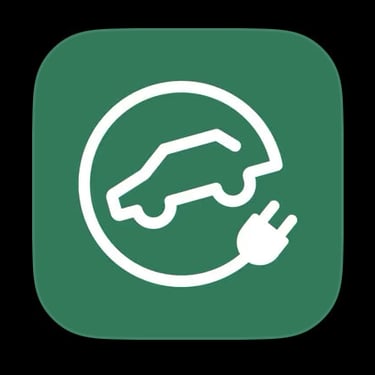
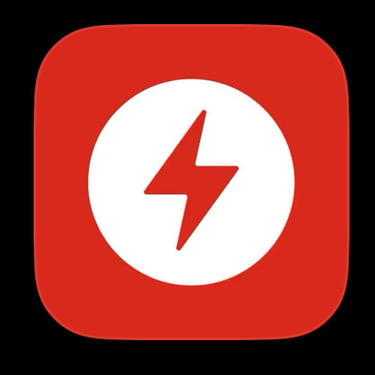

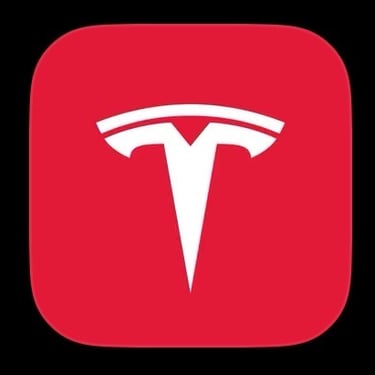

Most travel blogs romanticize the “freedom” of a road trip. Ours began with a bit more range anxiety. We weren’t sure how often to charge, or what surprises the Norwegian charging/road infrastructure might hold. For the first couple days, we kept the battery well above 60%—just in case.
A few lessons were quickly learned:
Know Your Connectors: The Volvo EX40 uses the CCS/CCS2 standard (as do most modern European EVs). Make sure you understand your car’s compatibility before you go. The other frequent charging standard in Europe, CHAdeMO, was generally built into the same charging stand with the connector just on the other side. This can be verified when picking up your vehicle or it can also be found either in the vehicle’s owner’s manual or even on the inside of the charging flap where you plug it in.
Battery Capacity: Ours had a 75kWh pack, with real-world range dictated by hills, headwinds, heavy acceleration or even being forced to drive on winding roads stuck behind slower & larger vehicles such as RV’s (a common phenomenon in Norway during the summer). Understanding the battery capacity and the speed of charging will help work out how often and how long to take breaks.






Charge to 80%, Not 100%: Charger's default stops at 80% to preserve long-term battery health—but you can override this for longer days. With peak charging taking place between 10% to 80% for most EV’s, it isn’t time-efficient to charge vehicles above 80%.
Native Apps Have Real-Time Data: Having used a multitude of apps including Apple Maps, Google Maps along with the inbuilt EV-focused Google Maps version onboard - it was the native apps that came out trumps with regards to accuracy on the number of chargers up and running as well as occupancy. For example, Bilkraft’s own app gives live charger status at EVINY stations, and they were far more likely to be updated on charger availability given how fast the charging landscape is transforming in Norway.
Tesla Superchargers: Plentiful given how common Tesla vehicles are across Norway but can be glitchy with non-Tesla EVs—sometimes clubbed with inconsistent charging starts or speed drops. If you’re driving a Tesla, however, Superchargers remain the most convenient and reliable option.
Charger Prices Vary: The closer to the city centre, the more you will pay per kWh. Highway stops and outer suburbs are better bets for a full, affordable top-up. Using the native apps can also be notably cheaper than apps like Chargemap & Elton which may have a larger charging database but function as aggregators of all the EV charger players in Norway. No matter the app or cost, the clear advantage of an EV road trip is the savings—charging our EV cut fuelling/charging expenses by 35% compared to petrol on a similar journey.

Parking: One reality of road-tripping through Norway: free parking is a rare find, much like the rest of Europe. Larger rest stops, supermarket and convenience store car parks are generally the exception but elsewhere, expect to pay—and make sure to keep an eye out for the appropriate parking app. The common ones being EasyPark, SmartPark & ParkPay. We also discovered that some parking apps, like SesamSesam, work a bit differently—and can be unintuitive for first timers. With these camera-based systems, you need to register your vehicle beforehand, but don’t expect any confirmation or live updates in the app when you’ve parked. The process is almost invisible: there’s no ping or timer ticking along. Only once you exit the lot does the system send you an automatic invoice, revealing you’d technically been ‘on the clock’ since arrival. It’s seamless in theory, but easy to second-guess if you’re used to more hands-on apps. Our tip? Trust the cameras and check for the invoice after you leave—it’s all part of Norway’s quietly efficient approach to travel. Many hotels in city centres—sometimes surprisingly—don’t include complimentary parking. Often, the prices they quote for their own car parks can be very pricey. We learned it’s worth searching for nearby public car parks or street parking, which can be a lot more affordable
Tolls: As you drive through Norway, you’ll encounter many toll roads with automated sensors that read the toll tag on your windshield. The system records your tolls silently, and you’ll pay the total via your rental agency’s invoice after your trip—easy and hassle-free.
Speed Limits: With Norway’s stunning roads tempting you to speed, it’s easy to feel the urge to go a bit faster. But speed limits change frequently as you weave between highways and urban areas, usually hovering around 80 km/h and rarely climbing to 100 km/h. This lower limit can sometimes make journeys feel longer—especially if you’re used to the faster speeds common across much of Europe
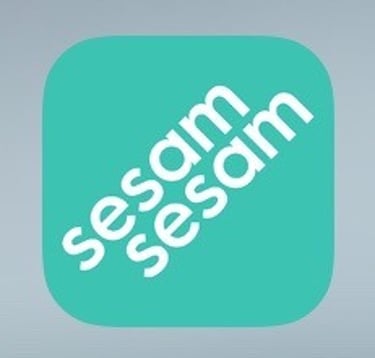

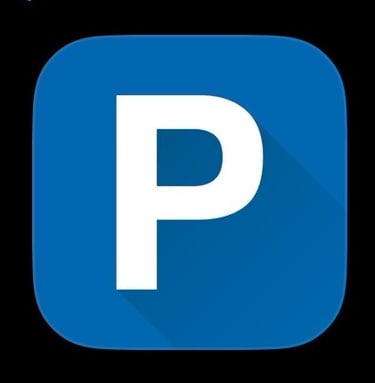



One of our greatest surprises? The ubiquity and reliability of public chargers. Even off the well-worn tourist track, you are never more than a short drive from a charge point. Norway’s investment dwarfs much of Europe & the world—drastically reducing stress even on remote, fjord-flanked routes. This boosted our EV confidence and wherever we drove, construction crews were building new banks of chargers
Charging became a rhythm, not a chore. As our understanding improved, we timed breaks to correspond with our charging needs. Given Norway’s ecological splendour, most charging spots offered enchanting views, dining areas/spots beside waterfalls and the opportunity to take a dip in one of its many fjords. Many hotels, even in small towns, have their own guest chargers (generally slow chargers meant for overnight trickle charges). Albeit it would add to the premium of your overnight stay, mind you, it isn’t make or break when choosing accommodation in Norway, given the prevalence of fast charging. If your lodging does happen to have guest chargers, it is advisable to reserve a bay, few days ahead of your stay as they do tend to get booked up.
Final top-ups on the outskirts before entering cities saves both money and time. Norway’s highways are often single-lane roads devoid of central reservations, threading through mountain valleys, forests, and tunnels. Choose your vehicle size wisely; the national inclination is toward compact SUVs and hatchbacks for a reason. The Volvo EX40 felt agile but substantial, a perfect match for the narrow, undivided Norwegian roads. If navigating smaller roads, particularly those where traffic flows on the side opposite to what you are accustomed to, falls outside your comfort zone, selecting a compact hatchback or sedan may be a more prudent option.
All in all by the end of the trip, we could confidently say that “range anxiety” had given way to “range indifference.”


Planning a trip? Have questions on EV and Charging? Drop us a DM and we'll be happy to help!


Guide to EV Charging in Norway
Handy guide on EV Charging including information on Apps, Charging Infrastructure, Travel Tips and Mistakes to Avoid. Everything you need to know about renting an EV vehicle while road-tripping in Norway.
